Mosques are not just places of worship but also architectural marvels that represent the cultural, spiritual, and artistic heritage of the Islamic world. Across the globe, these structures stand out for their immense size, intricate designs, and historical significance. These buildings accommodate millions of worshippers while showcasing diverse architectural styles. This list explores some of the largest and most breathtaking mosques in the world, highlighting their unique features and cultural importance.
Sheikh Zayed Grand Mosque
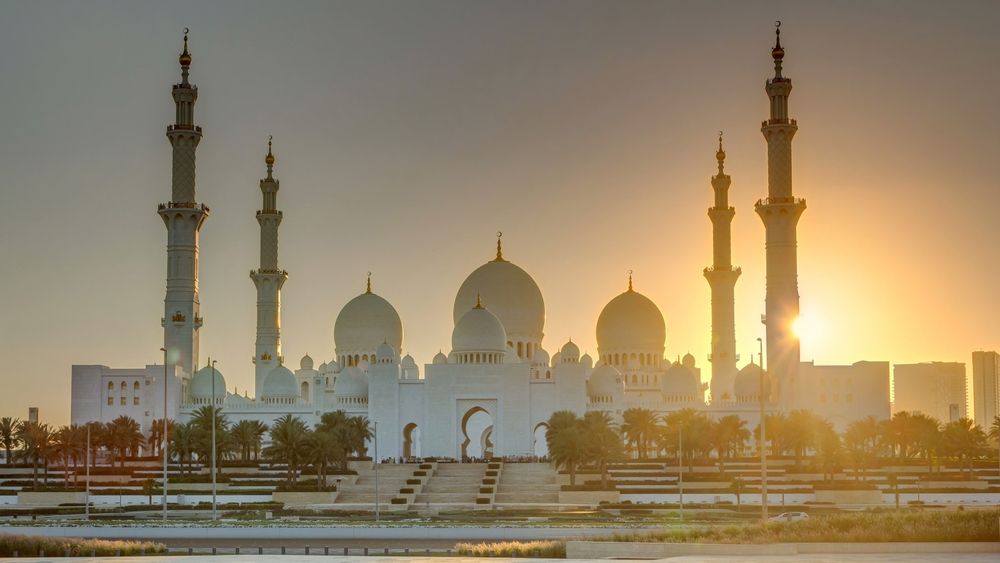
Located in Abu Dhabi, United Arab Emirates, the Sheikh Zayed Grand Mosque is a modern architectural masterpiece completed in 2007. Covering 22,412 square meters, it can accommodate over 40,000 worshippers. It features 82 domes and a large prayer hall adorned with the world’s largest hand-knotted carpet and seven massive Swarovski crystal chandeliers. Its design incorporates elements from various Islamic traditions, and its white marble exteriors create a serene atmosphere. It is a symbol of tolerance, welcoming visitors of all faiths to explore its grandeur, making it one of the most visited sites in the UAE.
Al-Saleh Mosque
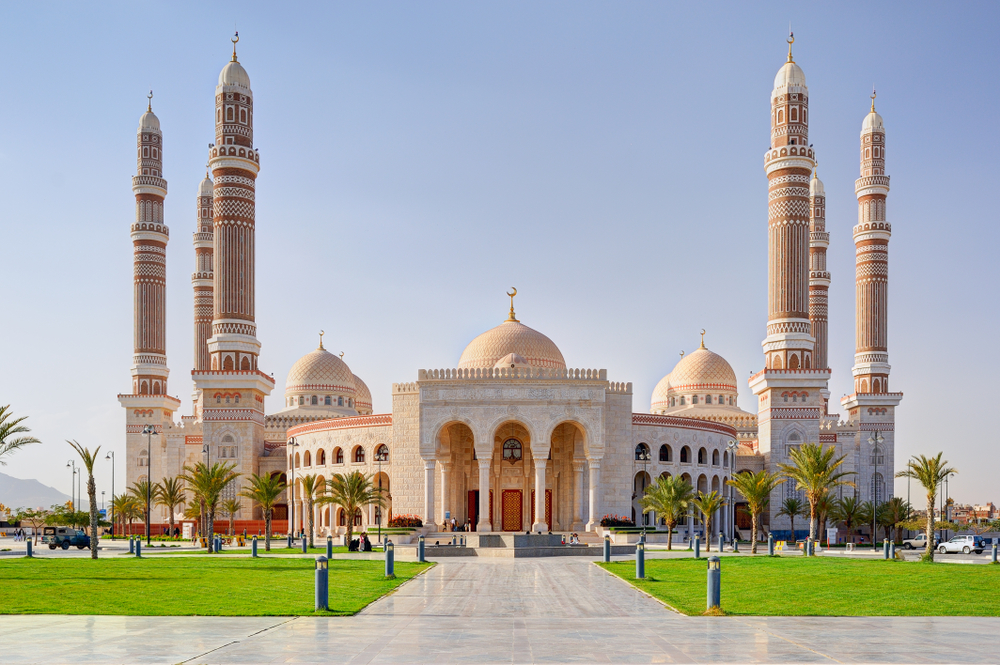
Al-Saleh Mosque, located in Sana’a, Yemen, was completed in 2008 and is one of the largest mosques in the country. Covering an area of 27,300 square meters, it can accommodate 44,000 worshippers. It is renowned for its combination of traditional Yemeni architectural styles with modern elements. It features five large domes and four towering minarets, each standing at 160 meters. Inside, it is adorned with intricate wooden carvings, chandeliers, and marble flooring. The structure serves as a center for religious and cultural activities, reflecting Yemen’s rich history and Islamic heritage.
Faisal Mosque
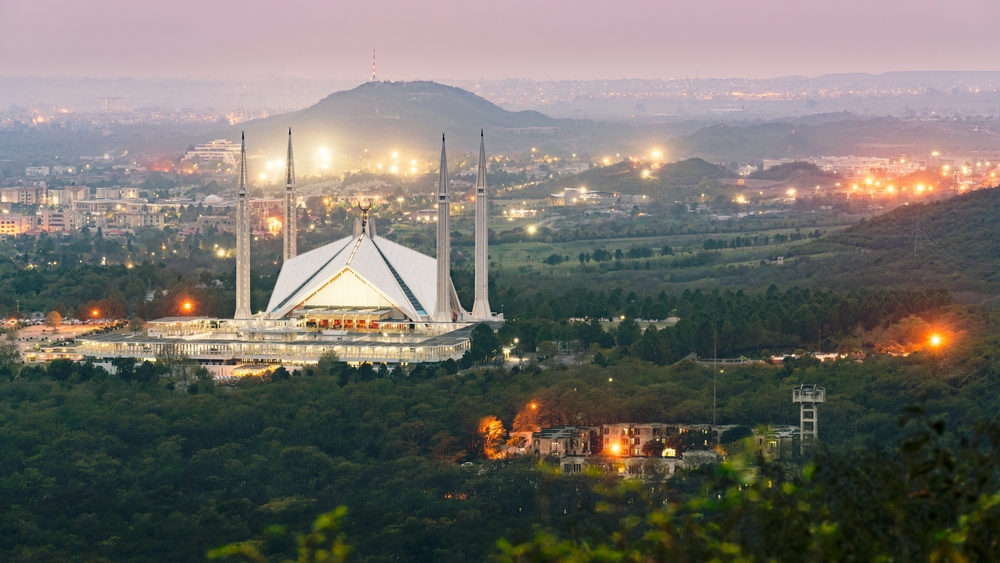
Faisal Mosque, located in Islamabad, Pakistan, is the largest mosque in the country, covering an area of 54,000 square meters with a capacity of 100,000 worshippers. Completed in 1986, its design is unique as it does not feature the traditional domes seen in most mosques. Instead, its structure resembles a Bedouin tent, with its large triangular prayer hall and four towering minarets that reach 90 meters. It was funded by Saudi Arabia’s King Faisal, after whom it is named. Surrounded by the picturesque Margalla Hills, this structure blends modern architecture with Islamic tradition, making it one of the most recognized landmarks in Pakistan.
Hassan II Mosque
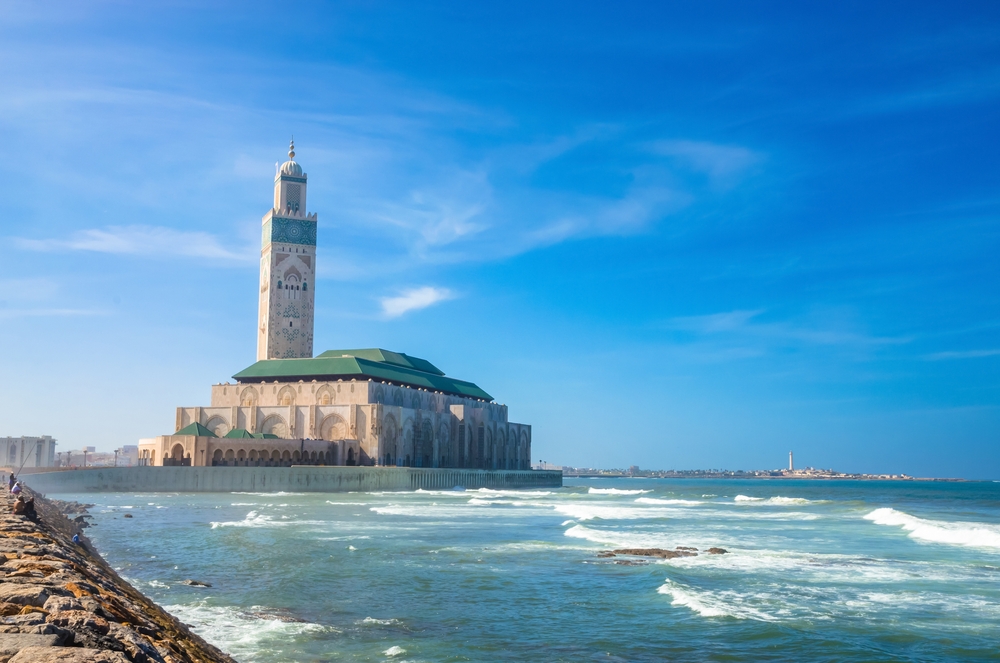
The Hassan II Mosque in Casablanca, Morocco, is not only one of the largest mosques but also one of the few open to non-Muslims. Completed in 1993, it sits partly on the Atlantic Ocean and covers an area of 90,000 square meters, with space for 105,000 worshippers. Its towering 210-meter minaret is the tallest in the world, and the mosque’s retractable roof adds to its modern architectural marvel. Hand-carved stone and intricate mosaics give the mosque a traditional Moroccan aesthetic, while the inclusion of modern elements such as the glass floor over the sea connects the mosque to both the spiritual and natural worlds.
Istiqlal Mosque
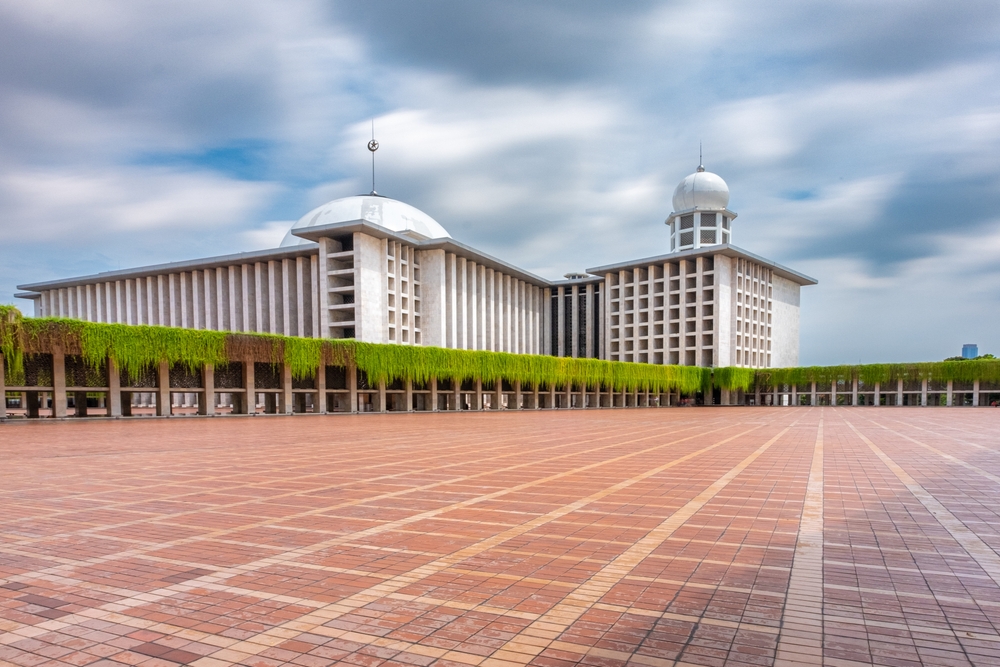
Located in Jakarta, Indonesia, the Istiqlal Mosque is the largest mosque in Southeast Asia and can hold up to 200,000 worshippers. Covering an area of 95,000 square meters, it was completed in 1978 as a symbol of Indonesia’s independence, with “Istiqlal” meaning independence in Arabic. The structure features a large dome with a diameter of 45 meters and a towering 96-meter minaret. The building itself is a combination of modernist architectural styles with traditional Islamic elements. Inside, the prayer hall is a vast open space, allowing for large gatherings during significant religious events. It also holds cultural significance as it symbolizes the harmony between Indonesia’s religious and national identity.
Taj-ul-Masajid
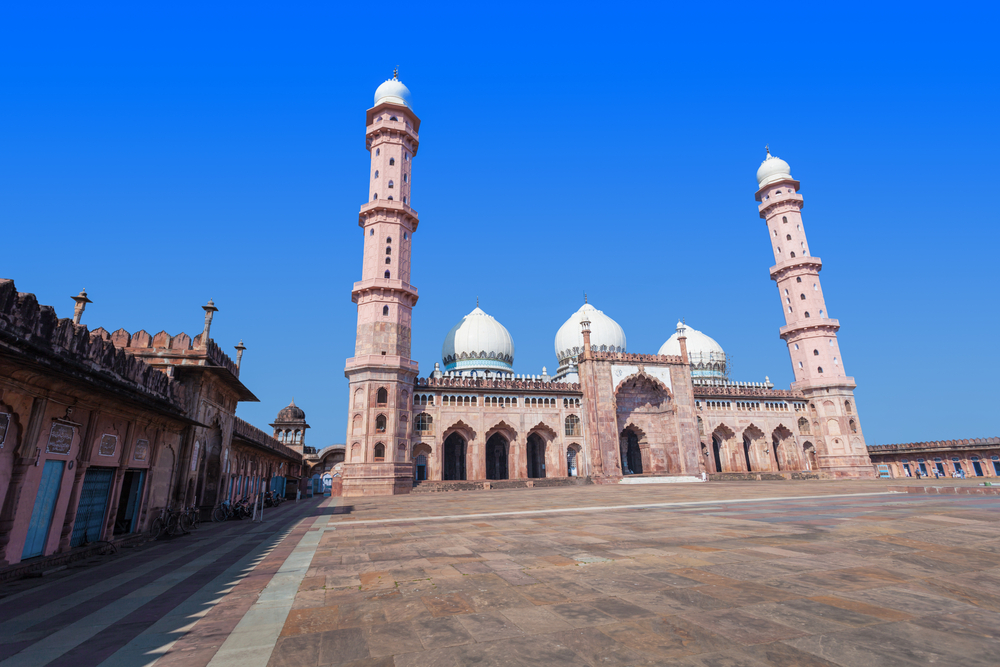
Taj-ul-Masajid, located in Bhopal, India, translates to “Crown Among Mosques” and lives up to its name with its sheer scale and architectural beauty. It covers an area of 400,000 square meters and can accommodate up to 175,000 worshippers. Construction of the structure began in the 19th century, but it was only completed in the late 20th century. It features large domes, tall minarets, and an expansive courtyard, all designed in a blend of Mughal and Islamic architectural styles. Its massive prayer hall is adorned with intricate carvings and beautiful calligraphy. It also serves as a center for Islamic learning, housing a madrasa and hosting an annual congregation.
Al-Masjid an-Nabawi
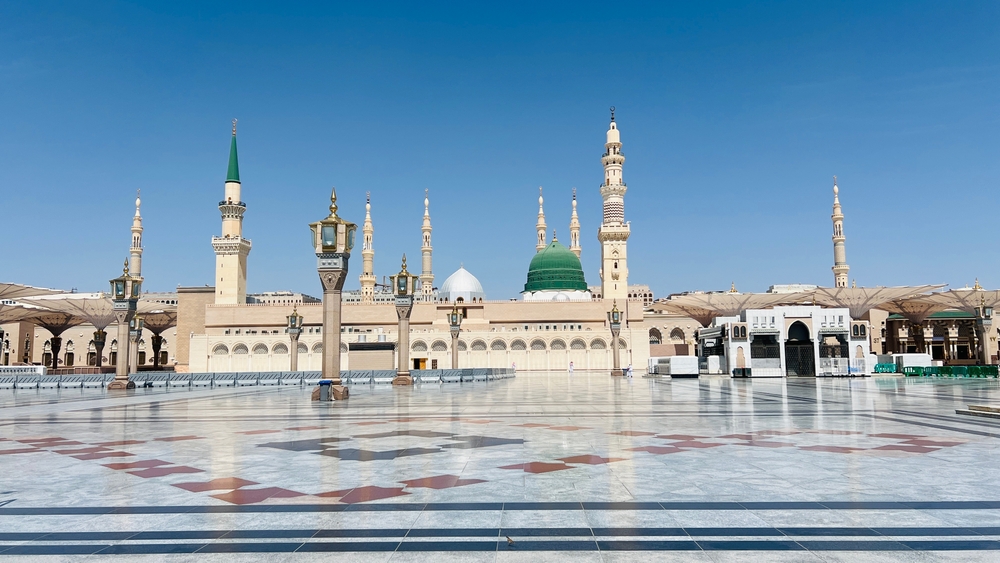
Al-Masjid an-Nabawi, or the Prophet’s Mosque, is located in Medina, Saudi Arabia, and it covers an area of about 400,000 square meters and can hold over 1,000,000 worshippers. It is historically significant, being the final resting place of Prophet Muhammad, marked by the iconic Green Dome. Originally built in 622 CE, the structure has undergone numerous expansions, making it a blend of ancient and modern Islamic architecture. Inside, visitors can find a community center, school, and a court. It was also one of the first in the Arabian Peninsula to have electricity, further enhancing its historical significance. Its large courtyards and intricate design attract millions of visitors each year.
Sultan Qaboos Grand Mosque
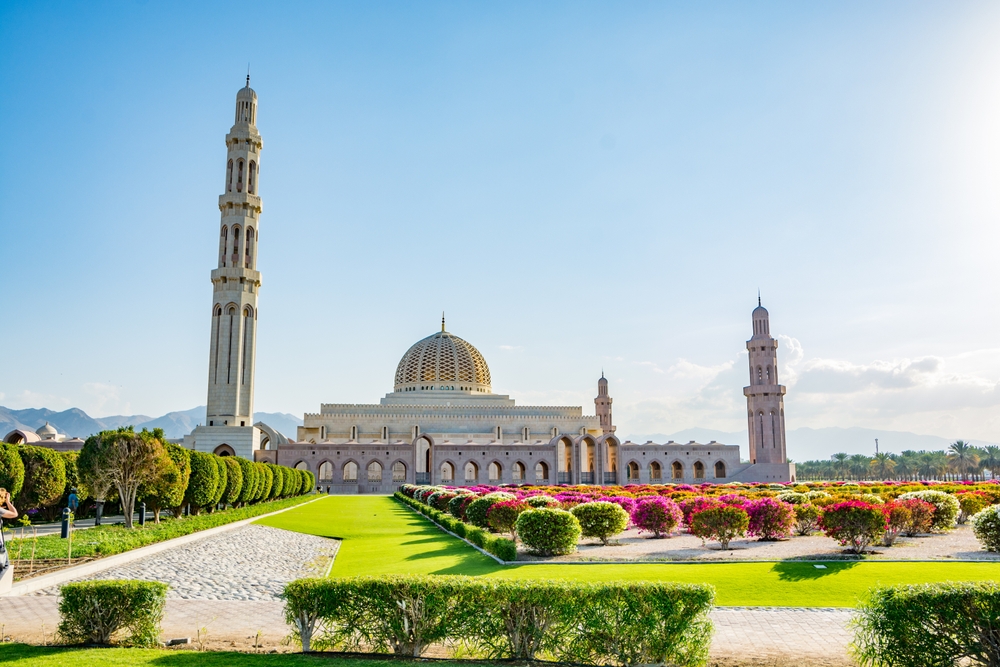
The Sultan Qaboos Grand Mosque, located in Muscat, Oman, covers an impressive 416,000 square meters and can hold 20,000 worshippers. Opened in 2001 after six years of construction, it is known for its grandeur, featuring a stunning chandelier made from 600,000 Swarovski crystals and a 14-meter-high dome. The structure also boasts the second-largest handwoven carpet in the world, which spans 70 by 60 meters. Its architectural design blends traditional Omani styles with modern elements, making it both a spiritual and cultural landmark. It also has strict guidelines regarding attire and visitor conduct, ensuring that the sanctity of the space is maintained.
Imam Reza Shrine
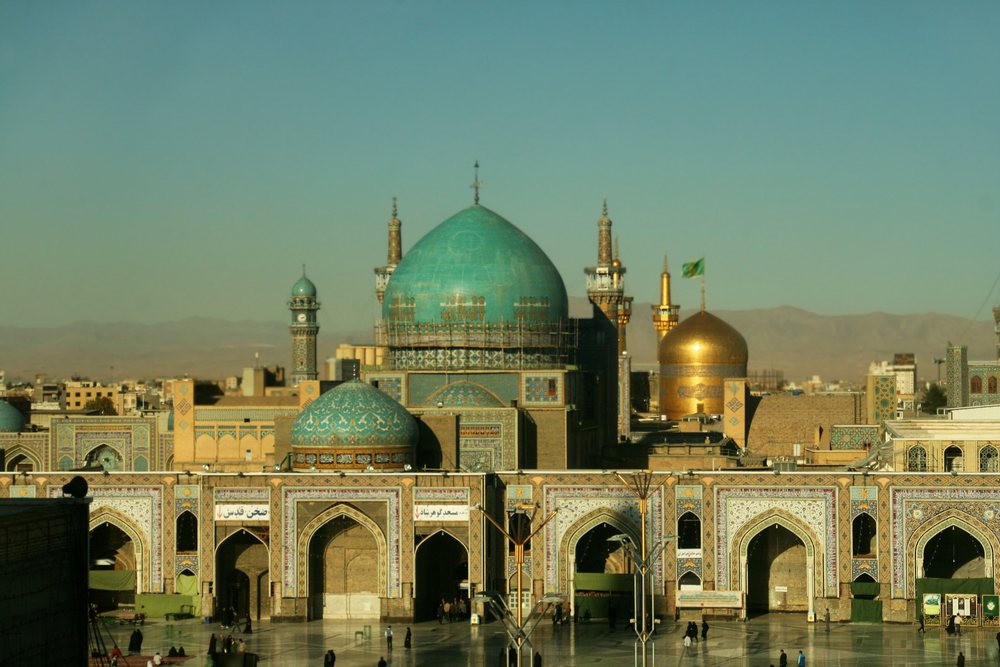
The Imam Reza Shrine in Mashhad, Iran, is not just a mosque but a sprawling religious complex that includes a mausoleum, museum, and several other buildings. Covering an area of 598,657 square meters, it can accommodate up to 500,000 worshippers. The shrine is a key site for Shia Muslims, being the burial place of Imam Reza, the eighth Imam of Twelver Shiites. The complex features seven courtyards, with intricate Persian tilework and architecture that have made it a UNESCO-recognized site. Built in 818 CE, the shrine has been expanded multiple times and is one of the most visited pilgrimage sites in the world. Its importance in Shia Islam makes it a focal point for both religious and cultural activities.
Masjid al-Haram

Located in Mecca, Saudi Arabia, Masjid al-Haram is the largest mosque in the world, covering an astonishing 4,008,020 square meters. It can accommodate up to four million worshippers during the Hajj season, making it a critical site for the Islamic pilgrimage. The structure surrounds the Kaaba, the most sacred site in Islam, which is central to Islamic worship and pilgrimage. With 11 minarets towering over 100 meters, its grandeur is matched by its spiritual significance. The site also features the Station of Abraham, a rock believed to bear the Prophet Ibrahim’s footprint. Extensive expansions over the years have ensured it remains the largest mosque, with indoor and outdoor prayer spaces. Non-Muslims are not allowed to enter the city of Mecca or the mosque itself, emphasizing its sacred nature.
This article originally appeared on Rarest.org.
More from Rarest.org
10 Historic Landmarks That Were Demolished but Should Have Been Preserved
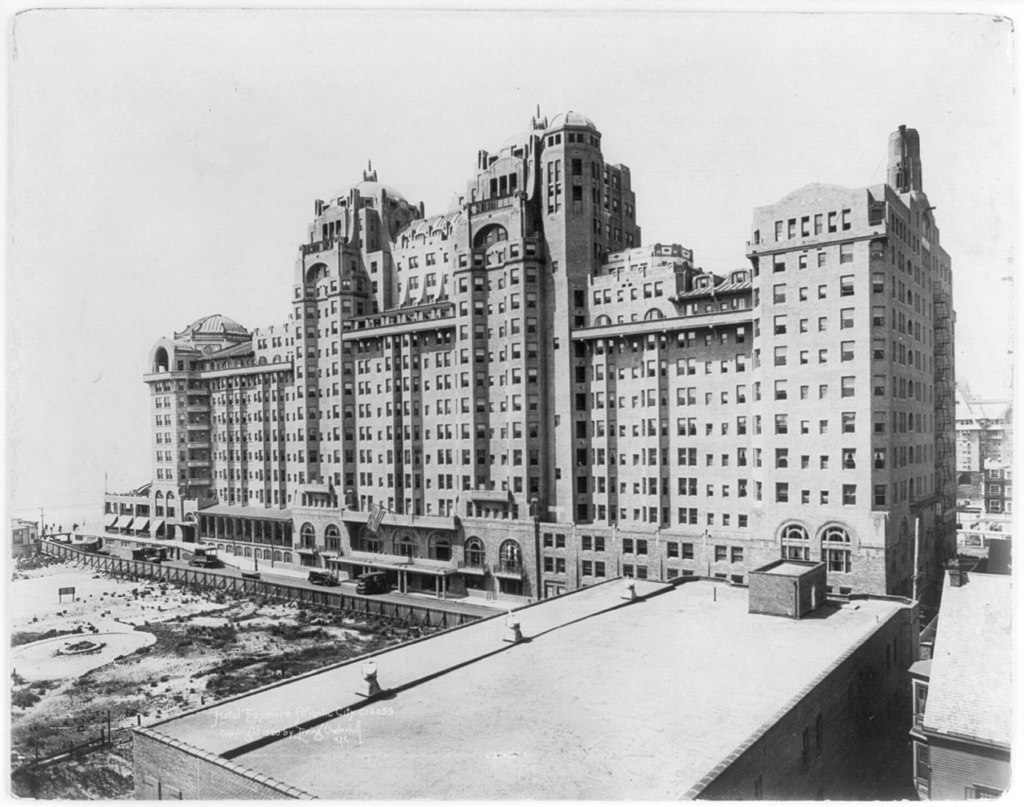
Throughout history, countless architectural landmarks around the world have been lost to demolition, whether due to modernization, war, or neglect. Many of these structures held significant cultural, historical, or architectural value, making their destruction all the more tragic. Read More.
10 Oldest Wooden Rollercoasters In The World
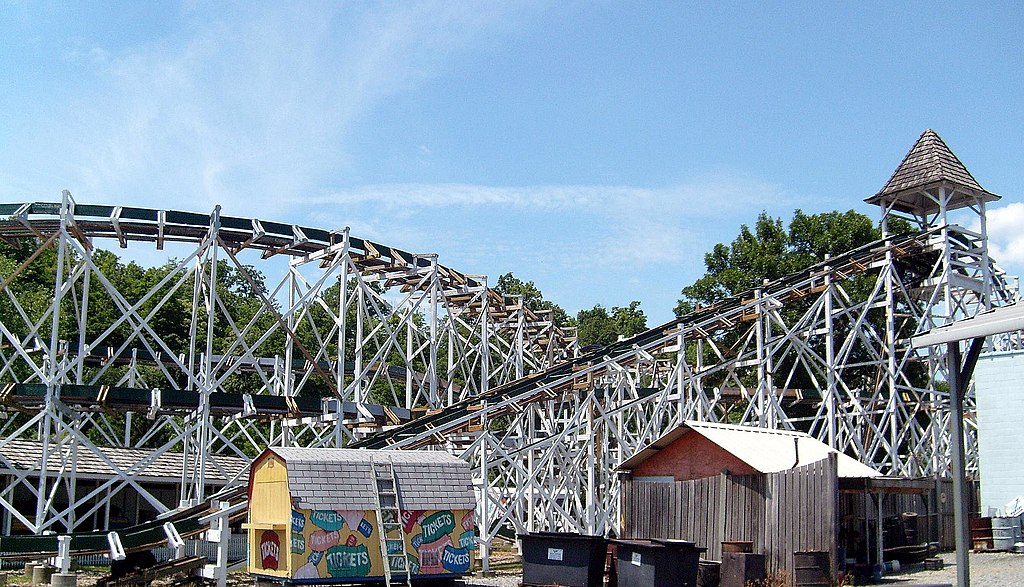
Wooden roller coasters have been thrilling riders for over a century, with some of the oldest still in operation today. These coasters, built long before the modern steel giants, hold a special place in amusement park history. Read More.
15 Fascinating Lizards with Color-Changing Abilities

Lizards with color-changing abilities are some of the most fascinating creatures in the animal kingdom. These reptiles can shift their hues for various reasons, from blending into their surroundings to communicating with other lizards. Read More.
